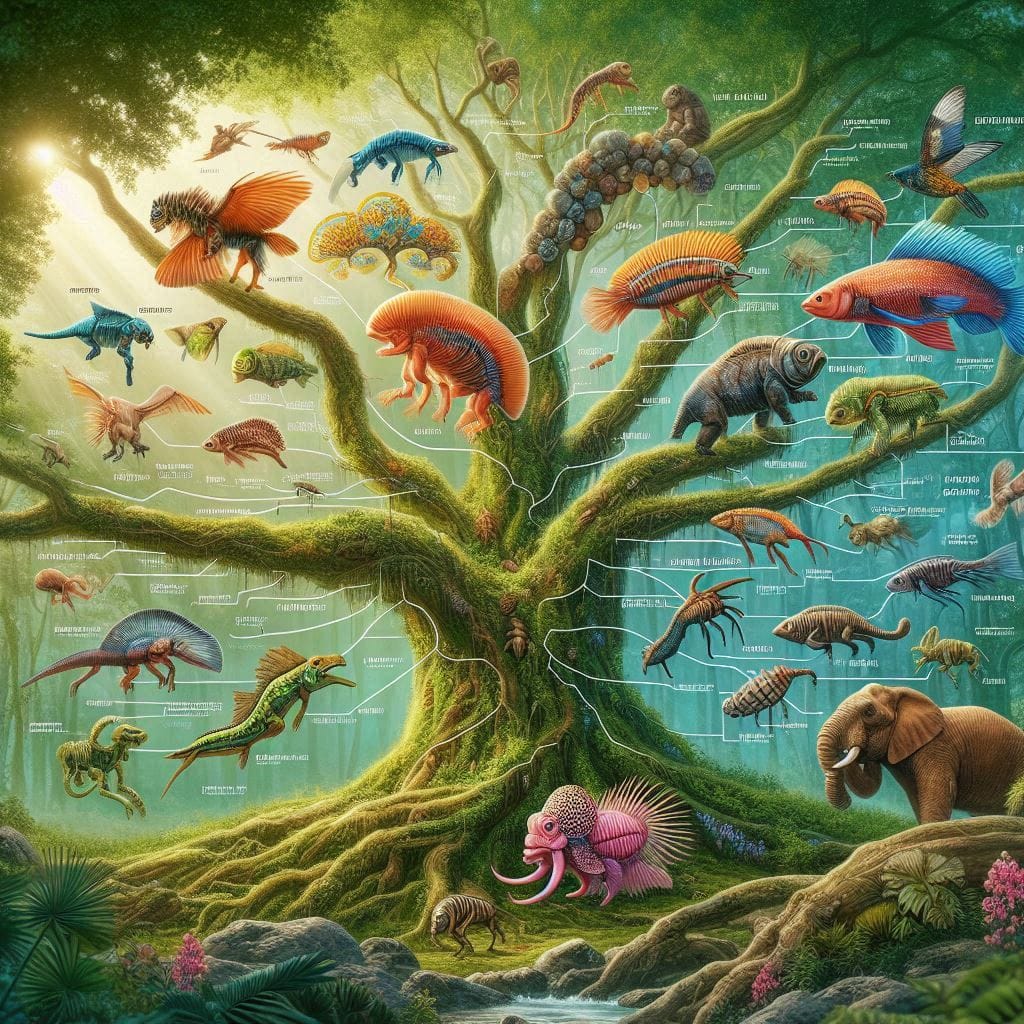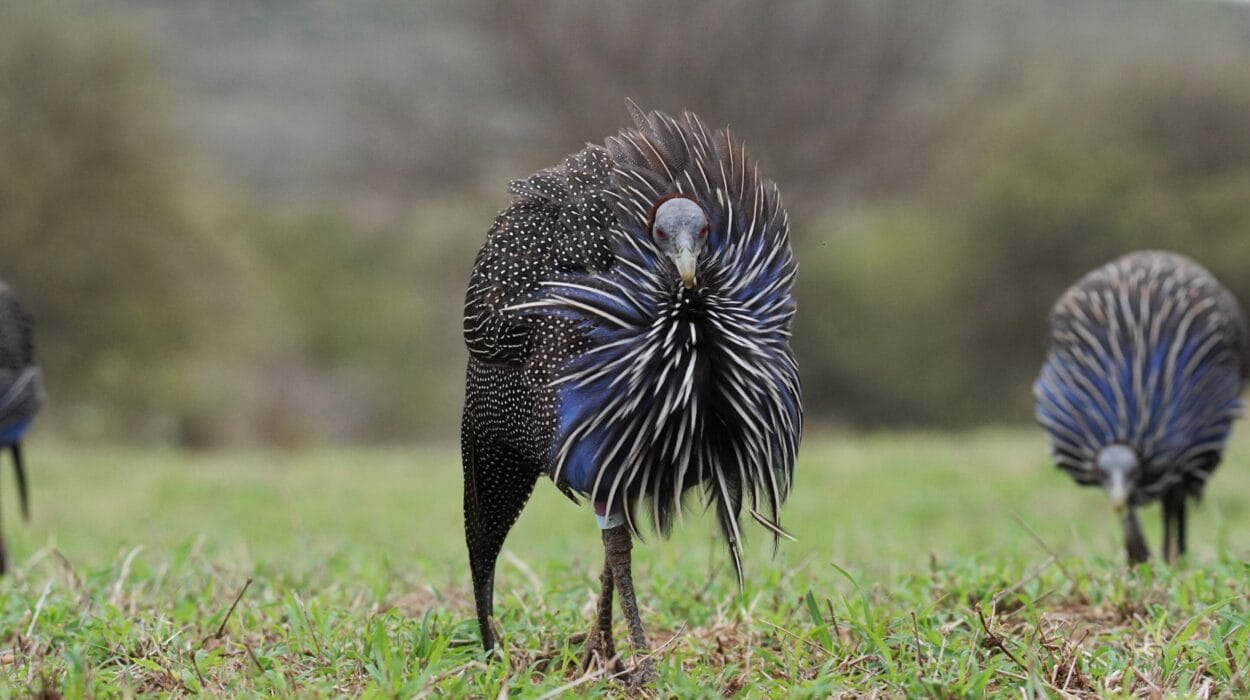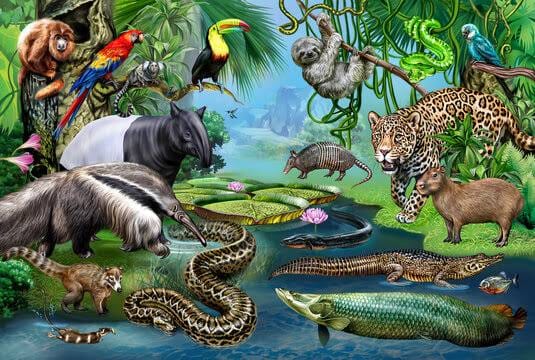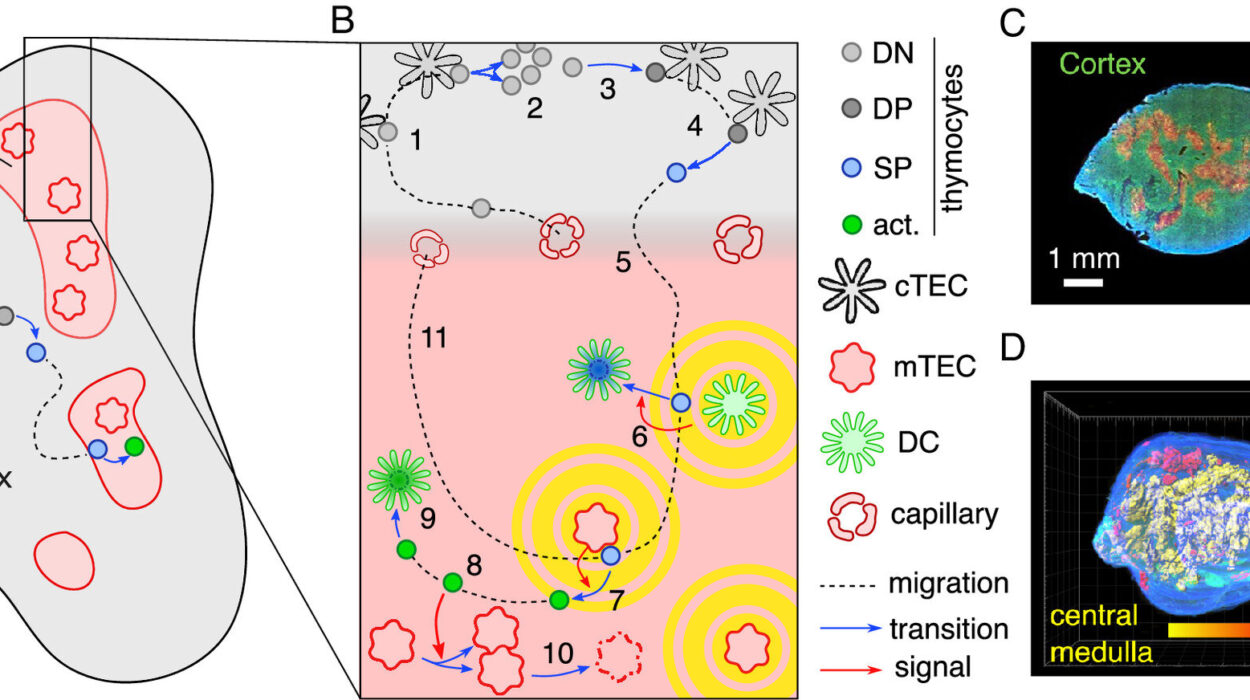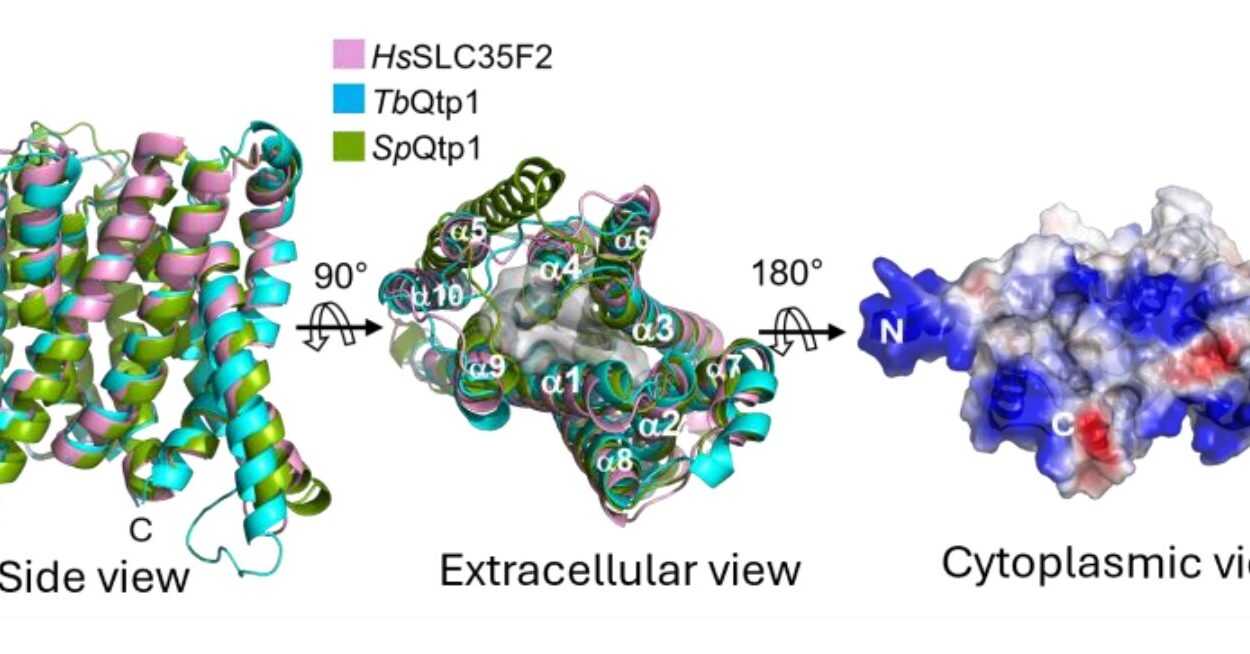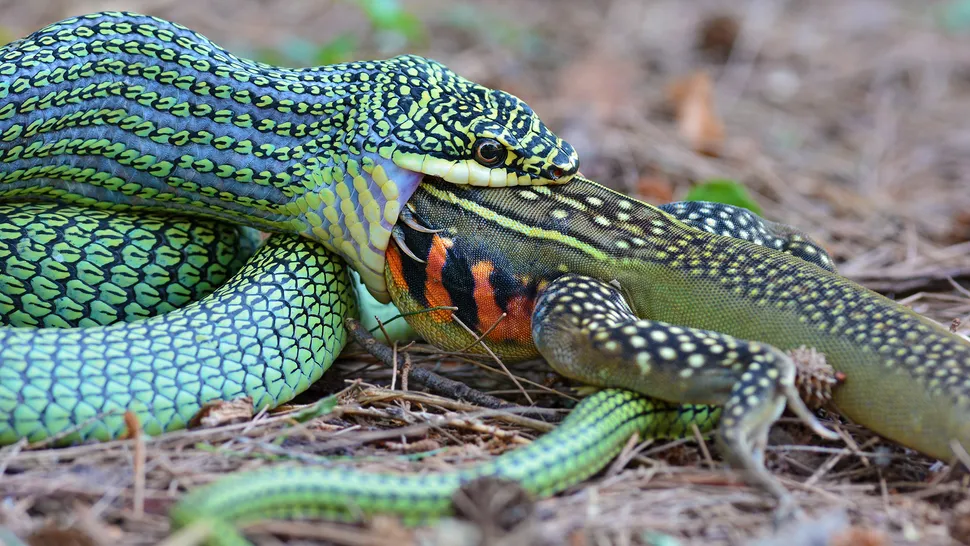A million years. To most of us, that’s an unimaginably vast stretch of time—far beyond our fleeting lives, our civilizations, and even the lifespan of most species. Yet in the grand theater of evolutionary history, a million years is just another act. It’s enough time for continents to shift, climates to change, species to rise and fall, and for life to reshape itself in ways that are as awe-inspiring as they are unpredictable.
When Charles Darwin published On the Origin of Species in 1859, he could not have foreseen just how far-reaching the implications of his theory would be. Evolution, driven by natural selection, mutation, genetic drift, and environmental pressures, is not a relic of the past. It is a ceaseless, invisible force, sculpting life even now—and it will continue doing so into the far reaches of the future.
In this article, we will peer forward—not with wild speculation, but with careful imagination rooted in scientific understanding. What might life look like a million years from now? How might evolution transform not just the animals and plants we know today, but humanity itself? The answers lie not in science fiction, but in the unyielding logic of biology.
The Landscape of the Future: Climate, Catastrophe, and Change
To understand future evolution, we must first imagine the world that life will be evolving within. The Earth of the next million years will not be the same as today’s. Evolution does not occur in a vacuum. It responds—sometimes rapidly—to shifts in climate, habitat, geography, and the relationships between species.
Over the next million years, Earth’s climate is expected to undergo significant changes, whether driven by natural cycles or exacerbated by human influence. If current trends continue, global warming will intensify over the coming centuries, potentially leading to rising sea levels, desertification, and the collapse of major ecosystems. Even if humanity curbs its emissions, natural climate cycles—like glacial and interglacial periods—will eventually return.
Some scientists believe we are overdue for another ice age. If one begins in the next few tens of thousands of years, vast parts of North America, Europe, and Asia could be covered in ice once again. Species adapted to warmth will either retreat, adapt, or perish. Meanwhile, cold-adapted life will have new opportunities to flourish.
Geological events—such as massive volcanic eruptions, asteroid impacts, or tectonic shifts—could also play a pivotal role. History has shown that mass extinctions often precede periods of rapid evolutionary innovation. The end of the dinosaurs, brought about by a massive asteroid impact 66 million years ago, cleared the ecological stage for mammals to rise.
In the coming million years, such events will almost certainly occur again. Life, as always, will adapt.
The Future of Animal Evolution: Beyond the Familiar
In the animal kingdom, evolution works through trial and error over generations, favoring traits that improve survival and reproduction. In a million years, the creatures that populate the Earth may be unrecognizable descendants of today’s fauna—or entirely new creations born from the crucible of extinction and adaptation.
Consider, for instance, the mammals that dominate our world today. Elephants, lions, whales, bears, and rodents—each of these groups may evolve along different trajectories, depending on the pressures they face. In areas where large mammals go extinct due to habitat loss or poaching, smaller, more adaptable animals may take their place. Rodents and insects, which already thrive in human-altered environments, could diversify into entirely new forms.
In a future marked by hotter climates, animals may evolve smaller body sizes to help dissipate heat more effectively. Species could develop lighter skin, shorter gestation periods, or even nocturnal habits to avoid the sweltering daytime temperatures. Desert-dwelling creatures might expand their ranges and evolve hyper-efficient water retention abilities.
Flight may become more common again. Birds and bats could give rise to new gliding or soaring species as forests shift and urban landscapes spread. If humans vanish—or retreat into domed cities—nature could reclaim once-urban environments, and evolution would respond. Rats might become larger, more intelligent, and socially complex. Domesticated animals left to the wild could evolve feral descendants—packs of hyper-adapted dogs, ferocious pigs, or even flightless chickens that become apex predators in isolated regions.
In the oceans, changes in acidity and temperature will force marine life to adapt or disappear. Coral reefs may evolve new symbiotic relationships, or be replaced entirely by hardier species. Cephalopods—already astonishingly intelligent—could become even smarter, perhaps giving rise to a new form of sentient life if the right pressures are sustained.
And what of insects? They are evolution’s great survivors. In a million years, we may see flying insects that can process plastics as food, beetles with armor adapted to radioactive environments, or swarms that evolve sophisticated hive-minds rivaling artificial intelligence.
Plants in the Age of Evolution: Resilience and Reinvention
Plant evolution moves more slowly than that of animals, but given time, it is no less dramatic. Plants respond primarily to environmental factors such as temperature, precipitation, and the availability of pollinators. In a warming world, drought-resistant species will flourish. Cacti-like adaptations—water storage, reduced leaf surface area, waxy coatings—could appear in places not currently considered deserts.
Rapid changes in pollinator populations—especially the ongoing decline of bees—may drive the rise of wind-pollinated plants or plants that develop mutualisms with new animal partners. Brightly colored flowers may disappear in some places, replaced by drab, functional blossoms designed to withstand extremes.
In a million years, entirely new ecosystems may arise, shaped by novel plant life. Super-fast-growing trees might dominate landscapes once held by oaks and maples. Algae and aquatic plants may colonize flooded coastal regions. Invasive species introduced by humans might evolve into stable components of future biomes, becoming keystone species in environments that did not exist before.
Fungi, often overlooked, will also diversify. Already among the Earth’s most important recyclers and symbionts, they could evolve to fill new niches—breaking down new forms of synthetic waste, forming complex underground networks, or even evolving to parasitize or aid new species.
Evolution’s Wildcard: What Becomes of Humanity?
The most fascinating—and perhaps most unsettling—question of future evolution is this: what will happen to us?
Humans have, in many ways, stepped outside the traditional framework of natural selection. Our medical technologies save those who might otherwise perish. Our social structures ensure survival even for the genetically disadvantaged. Our dominance over the planet means that many of the pressures that once shaped our evolution—predators, climate, competition—have been reduced or eliminated.
And yet, evolution has not stopped. It never does.
Cultural evolution is now the primary driver of change in our species, but biological evolution continues in subtle ways. Studies show that certain genetic traits are still being selected for or against in human populations. For example, genes linked to reproductive success, immunity, or dietary adaptation are still shifting in frequency.
Over a million years, human evolution could go in several directions. One possibility is that humanity fragments into multiple sub-species. If populations become isolated—on other planets, in deep-sea habitats, or in underground bunkers—they may begin to evolve distinct physical and cognitive traits.
Space colonization would present intense selective pressures. Low gravity might lead to taller, thinner bodies. Radiation exposure could alter skin pigmentation or drive the evolution of enhanced DNA repair mechanisms. Psychological adaptations to isolation, confined spaces, and long lifespans could reshape the human psyche.
On Earth, the rise of technology could lead to a form of artificial selection. If gene editing becomes widespread, humanity may begin to sculpt its own genome—eliminating diseases, enhancing intelligence, or even engineering traits for beauty or athleticism. Over time, this could lead to divergence between “natural” and “engineered” humans.
But evolution is never without surprises. Unintended consequences may arise. Traits favored in one context may prove disastrous in another. A genetically enhanced brain might come with higher rates of mental illness. A body engineered for strength might be vulnerable to new diseases.
And if human society collapses? If a pandemic, nuclear war, or environmental catastrophe reduces humanity to scattered remnants, then natural selection will return with full force. The survivors will adapt—or perish. And over the course of a million years, their descendants may become something altogether different.
Could New Forms of Intelligence Emerge?
One of the most tantalizing questions of future evolution is whether human-level or higher intelligence might evolve again elsewhere in the animal kingdom. On Earth today, several animals show signs of complex cognition—dolphins, elephants, corvids, and primates among them. They use tools, mourn their dead, and exhibit rudimentary cultures.
Given the right conditions, one of these lineages might develop greater intelligence over hundreds of thousands of years. Evolution does not move with purpose—but intelligence has arisen at least once, and perhaps it is not as rare as we think.
If humans vanish, or retreat from the natural world, ecological niches could open for intelligent successors. Perhaps raccoons, already problem-solvers and dexterous manipulators, might evolve into forest-dwelling toolmakers. Perhaps octopuses, driven by necessity in a changing ocean, will develop longer lifespans and more complex social structures.
And then there’s artificial intelligence—a product of cultural rather than biological evolution. If machines become conscious and self-replicating, could they represent a new “species”? Might the future of intelligence lie not in flesh and blood, but in silicon and circuitry?
The future may see an Earth where human descendants and artificial minds coexist—or compete. Evolution may come to include not just natural and artificial life, but hybrids, interfaces, and organisms that defy all traditional categories.
The Role of Chance: Why the Future Cannot Be Predicted Exactly
For all our understanding, evolution remains governed by chance as much as necessity. A random mutation. A volcanic eruption. A collision with an asteroid. These unpredictable events shape life’s trajectory in ways that no amount of foresight can fully anticipate.
Even selective pressures change. What benefits a species today may harm it tomorrow. Traits are not universally “good” or “bad”—they are only ever advantageous within a particular context. Evolution is less a ladder and more a tangled, ever-branching tree.
In a million years, life on Earth will look different not because it follows a script, but because the actors and stage are constantly changing. Evolution is not progress—it is adaptation. It is not design—it is trial and error. And sometimes, it is simply luck.
Awe in the Face of the Unknown
When we gaze a million years into the future, we are not just indulging in curiosity—we are honoring the evolutionary forces that brought us here. Life is not static. It is an endless experiment, one that has already lasted nearly four billion years and will likely continue long after we are gone.
Every organism alive today is a survivor of that ancient, relentless process. From the tiniest microbe in the ocean to the tallest redwood, from the chimpanzee to the child playing in the dirt—they are all cousins in a grand family tree whose future branches are still unknown.
And in that mystery lies beauty.
A million years from now, someone—or something—may look back at our fossils and wonder who we were. They may see traces of our cities, our machines, our DNA embedded in theirs. They may marvel at how we reached for the stars or wept for our dead.
Or perhaps no one will remember. Perhaps the future belongs to creatures we cannot imagine, on an Earth reshaped and reborn.
But even if our chapter ends, the story of evolution will go on.
Because life adapts.
Life changes.
And life—like time—never stops moving forward.
